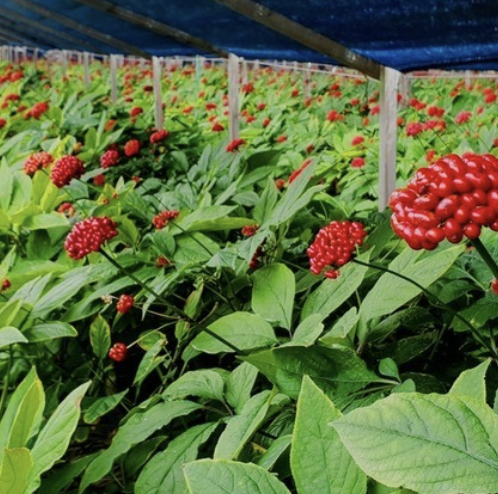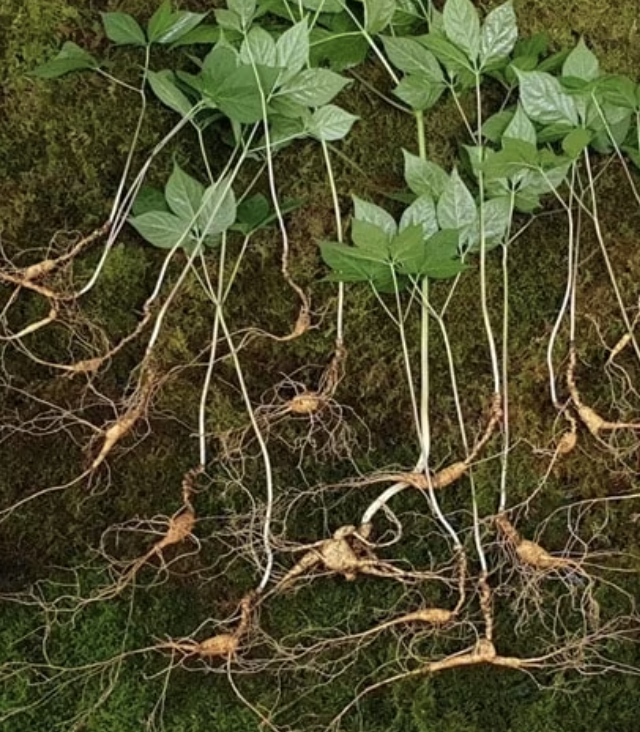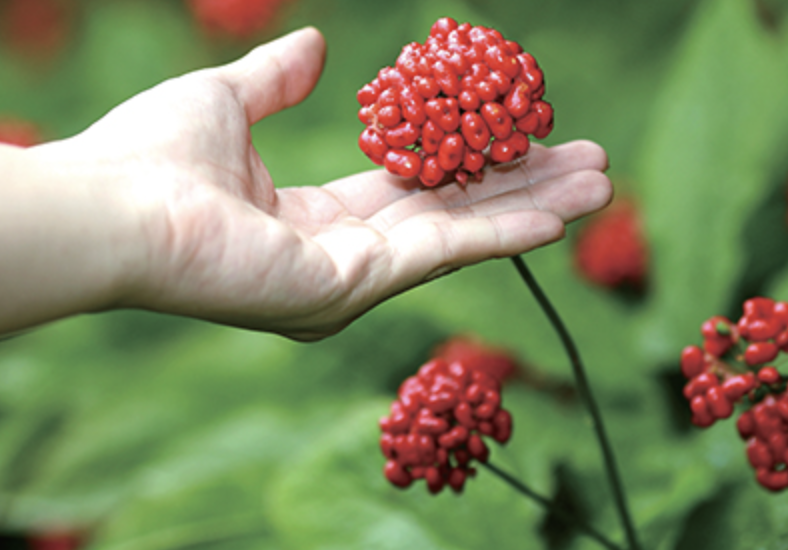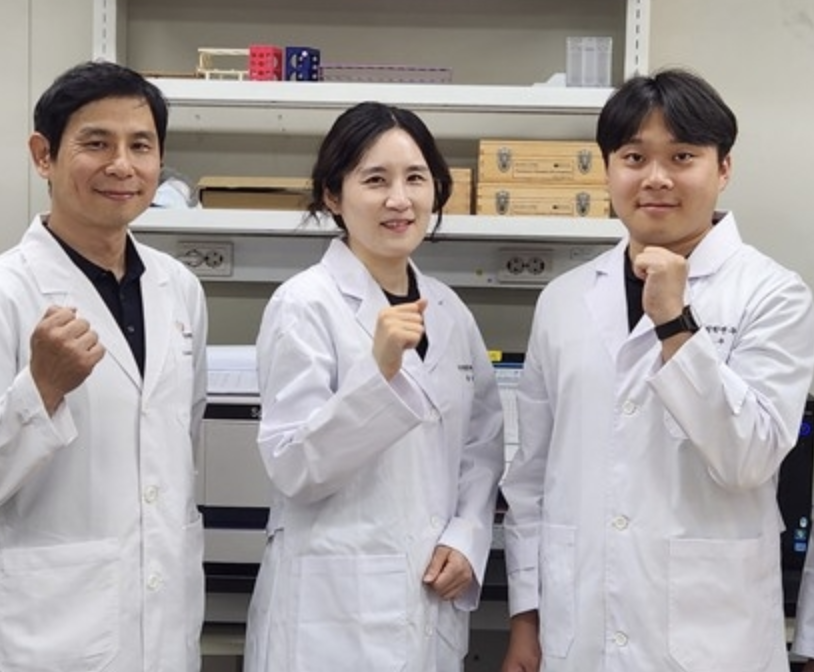With the rising global demand for Panax ginseng as a functional food and herbal supplement, producers face a critical choice: embrace modern mechanized farming for efficiency, or preserve the traditional hand-grown cultivation methods known for premium quality.
This article provides a comprehensive analysis of mechanized ginseng farming versus manual cultivation, focusing on differences in agricultural practices, bioactive content, root morphology, consumer preference, and market positioning. As the ginseng industry modernizes, understanding the trade-offs between productivity and perceived quality is essential for growers, sellers, and consumers alike.
1. What Is Mechanized Ginseng Farming?
Mechanized cultivation refers to the use of automation and machinery in the planting, maintenance, and harvesting of ginseng crops. This includes:
GPS-guided tractors for tilling and planting
Automated irrigation and soil monitoring systems
Shade structure setup using mechanical lifts
Machine-assisted harvesting and cleaning
It enables large-scale, cost-efficient production, especially for 4- to 6-year-old ginseng roots.
2. Traditional Hand-Grown Ginseng Cultivation
Hand-grown ginseng follows manual methods at every stage:
Hand planting with precise spacing and depth
Manual weed control and pest inspection
Hand maintenance of shade structures
Careful hand harvesting to protect root integrity
This labor-intensive method is primarily practiced in Korea, parts of China, and Canada for premium-grade roots, particularly for export or herbal medicine use.
3. Key Differences: Mechanization vs. Manual Farming
| Feature | Mechanized Ginseng | Hand-Grown Ginseng |
|---|---|---|
| Labor Cost | Lower | Significantly higher |
| Time Efficiency | High | Low |
| Consistency in Shape | Moderate | Variable but often superior |
| Root Damage During Harvest | More likely | Carefully avoided |
| Annual Yield per Acre | Higher | Lower |
| Consumer Price | Affordable | Premium pricing |
4. Bioactive Compounds: Are They the Same?
i. Ginsenoside Content
Studies show no significant difference in total ginsenoside content between machine-grown and hand-grown ginseng, when grown in the same region under controlled conditions.
However, soil compaction from machines and faster growth cycles may alter ratios of certain ginsenosides (e.g., Rb1, Rg3), which can affect pharmacological potency.
ii. Polysaccharides & Antioxidants
Hand-grown ginseng tends to exhibit higher polysaccharide concentrations, likely due to less physical stress and more stable soil conditions.
Antioxidant activity is marginally higher in wild-simulated and manually cultivated roots.
5. Root Shape, Texture, and Marketability
i. Root Aesthetics
Hand-harvested ginseng often retains the iconic "man-shaped" root, which is culturally valued in Asian markets.
Mechanized harvesting tends to break delicate lateral roots, reducing perceived value in premium markets.
ii. Texture and Density
Consumers report firmer, denser texture in hand-grown roots, ideal for slicing and decoction.
Machine-grown roots are often softer, more suited for extraction-based products (powders, capsules, beverages).
6. Environmental and Ethical Considerations
i. Soil Health
Mechanized farming can lead to soil compaction, affecting long-term fertility and root penetration.
Manual cultivation, though labor-intensive, tends to preserve microbial diversity in soil ecosystems.
ii. Labor Ethics
Mechanization reduces dependence on seasonal migrant labor, which raises ethical concerns in manual-only regions.
However, traditional methods preserve rural employment and knowledge-based farming practices.
7. Consumer Perception and Branding
i. Trust and Authenticity
In Korea and China, 수작업 인삼 (manual ginseng) holds prestige as a "true medicine", especially in health-conscious and older demographics.
Mechanized ginseng is often viewed as commercial, suitable for mass-market functional foods.
ii. Labeling and Pricing
Hand-grown ginseng is typically sold with origin certification, shade-growing documentation, and visual root inspection—and commands 2–4x the price.
Machine-farmed ginseng is marketed by brand trust, extraction quality, and standardized potency metrics.
8. Which Is Better for Long-Term Health?
There is no definitive clinical evidence suggesting that hand-grown ginseng is more effective than mechanized ginseng in terms of measurable health outcomes, provided both are properly processed and standardized.
However, long-term consumers of hand-grown ginseng often report:
Fewer digestive side effects
Perceived stronger tonic effects
Better taste in teas and decoctions
These subjective factors heavily influence consumer loyalty and willingness to pay more.
9. The Future: Coexistence and Hybrid Models
Rather than a binary choice, the future likely lies in hybrid approaches:
Mechanized planting and maintenance, combined with manual harvesting
AI-driven quality control for grading hand-grown roots
Smart packaging and traceability to authenticate cultivation method
Sustainable mechanization that mimics natural soil dynamics
These models can reduce cost without sacrificing premium quality attributes, appealing to both efficiency-driven brands and tradition-valuing consumers.
Conclusion
The debate between mechanized vs. hand-grown ginseng ultimately reflects the tension between efficiency and tradition, volume and value, modernity and trust. While both methods produce health-benefiting ginseng, their agricultural profiles, consumer perceptions, and market positioning differ significantly.
For wellness consumers, understanding these differences ensures informed choices, whether selecting a budget-friendly supplement or a premium decoction root. For producers, striking the balance between technological innovation and artisanal value may be the key to long-term competitiveness in the global ginseng market.
#ginseng #mechanizedfarming #handgrown #ginsengcultivation #herbalmedicine









